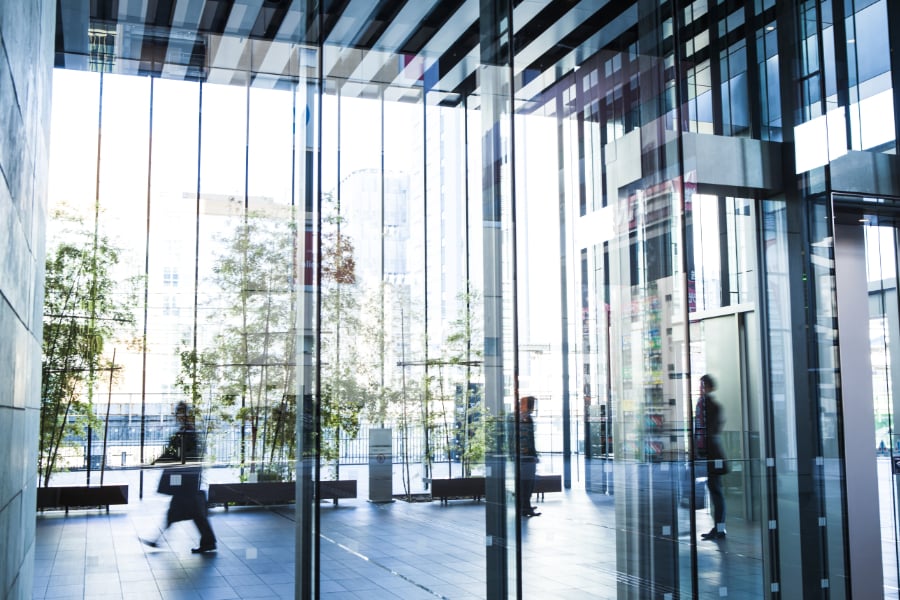
During your search for the perfect office, you'll encounter a whole new set of vocabulary. Usable square footage and rentable square footage are two terms you're certain to run across. Some people employ these terms interchangeably, but the truth is they describe two very different numbers. Understanding the difference between the two is important to ensure that you get a fair deal from your landlord.
So First, What Is the Difference?
Usable square footage refers to the actual number of square feet in an office that you're leasing. Rentable square footage is the usable square footage of the office plus a portion of the square footage of shared spaces. Your share of these shared spaces is calculated using a load factor that usually ranges from 10 to 25 percent.
Reasons Why Understanding Is Important
1. It Determines What You Pay
Many people mistakenly believe that rent is based on usable square footage, but as the name suggests, your rent is actually tied to the rentable square footage. Your company is assessed this "extra" rent to cover the cost of maintaining shared spaces in the building. Basically, you pay to rent your office and for the privilege of using these shared areas. As a result, it's the rentable square footage that determines if a particular office fits your budget.
2. You'll Need Them to Accurately Compare Properties
Understanding the difference between usable and rentable square footage is necessary to compare two offices side by side. You'll need usable square footage to analyze the respective sizes of the offices that you're interested in. An office with a larger usable square footage is bigger than the other, so it will provide more room for your employees. The rentable square footage can help you spot unnecessary expenses. For example, if two offices have nearly identical usable square footage figures but one has a much larger rentable square footage, there should be a tangible reason, such as the presence of a cafeteria, a communal business center or a gym in one building. If you can't find a reason to account for the difference, you may want to rule out the more expensive property.
3. It's Important to Review What's Included
Before signing a commercial lease, you'll want to find out from the landlord exactly what is covered in the rentable square footage. It's common for lobbies, hallways, public restrooms and cafeterias to be included; however, things like elevator shafts, stairwells, parking lots and maintenance areas may or not be.
4. Errors May Lurk in the Figures
As with any complex calculation, rentable square footage figures may be incorrect. It's important that you ask the landlord how they arrived at the presented figure. To check the math, find out what the load factor is, add one to that number and then multiply the figure by the usable square footage.
For a 5,000 square foot office with a load factor of .20, the equation would be
5,000 x (1+.20), giving you a rentable square footage of 6,000.
Here are a few other articles you might enjoy:
6 Ways to Increase Connectivity in the Office
The Beginner’s Guide to Commercial Real Estate Terms
Roadmap to Returning to Your Office Post-COVID-19
Don't forget to comment and subscribe!!








